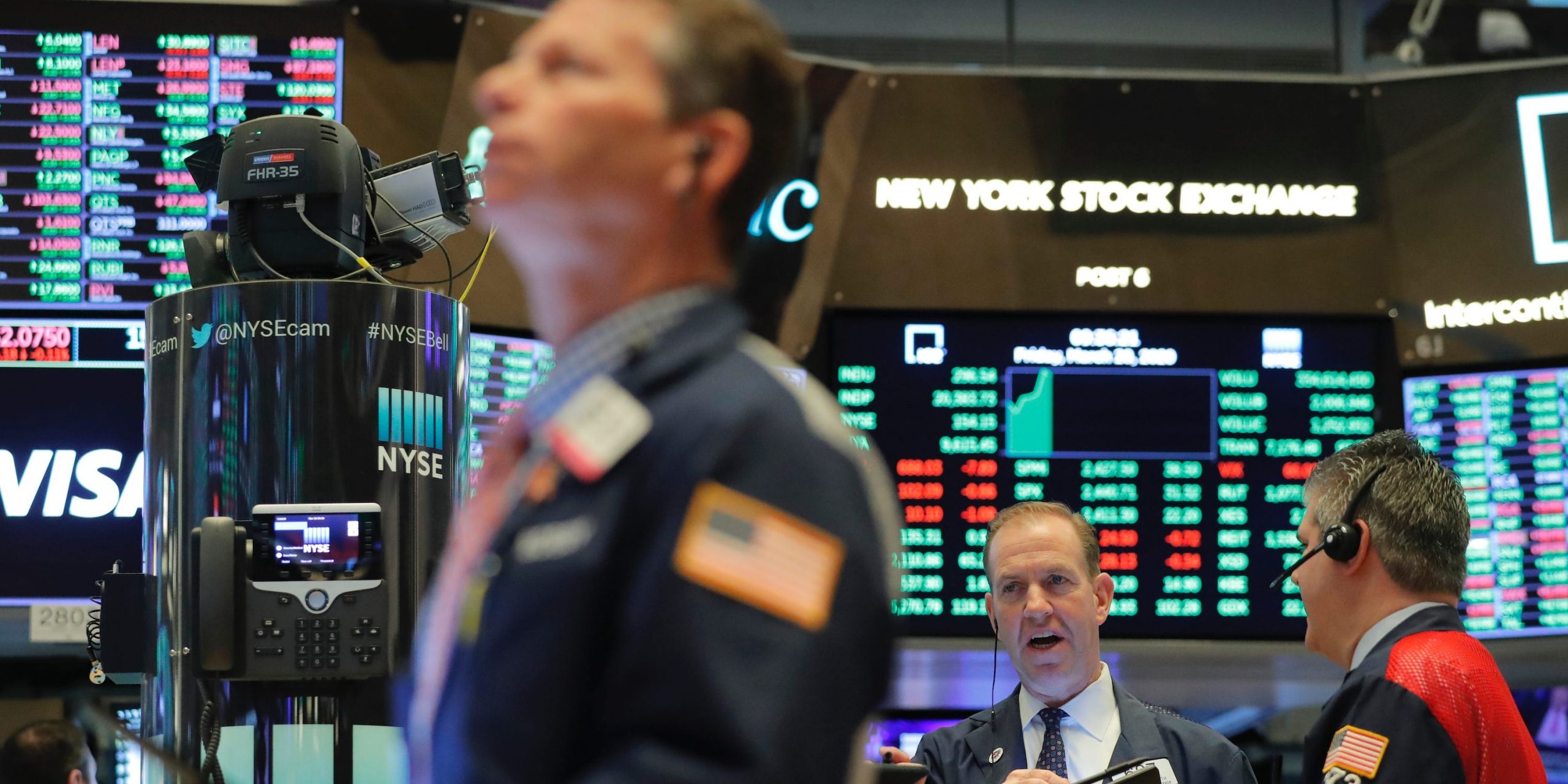
- The S&P 500 rose by 4% as 2021 started versus a 5% loss in bonds, according to Bespoke Investment Group.
- The performance spread of 9.3 percentage points is the largest since 2013.
- The divergence should set up stocks for “stronger returns for the remainder of the year.”
- Visit the Business section of Insider for more stories.
US stocks so far in 2021 have performed at their strongest pace in nearly 10 years relative to the bond market, buoyed by anticipation of further recovery in the world’s largest economy after taking a hit from the COVID-19 health crisis.
The broad equity market as tracked by the S&P 500 gained 4% compared with a loss of more than 5% in long-dated Treasuries during the first 28 days of trading this year, according to Bespoke Investment Group. The bond figure was derived from the ICE BofA 10+ Year Treasury Index.
The spread of 9.3 percentage points was the widest year to date between the assets classes since 2013. In that year, the divergence was 9.8 percentage points.
Corporate earnings growth has contributed to whetting investors’ appetite for stocks. Expectations for stronger profit reports began building last year, partially as Wall Street expected numerous businesses to reopen and stabilize with millions of Americans set to receive vaccinations to prevent COVID-19 infections.
For the fourth-quarter earnings season, more than 80% of S&P 500 companies that have reported results have beat per-share earnings estimates, according to data from FactSet. Low interest rates set by the Federal Reserve and fiscal stimulus from Washington have also spurred investors to hunt for returns in the equity market. Lawmakers are also considering the Biden administration’s proposal for a $1.9 trillion stimulus package.
Read more: The market is rewarding investments in low-quality companies
"As for what this performance divergence may mean going forward, equities typically continue to see stronger returns for the remainder of the year," Bespoke Investment said in its report. It did note that in 2011 and 2012, the performance spread favored bonds by the end of the year.
"2011 was also the only year that the S&P 500 fell from the 28th day through the end of the year. But that is more the exception than the rule," wrote Bespoke.